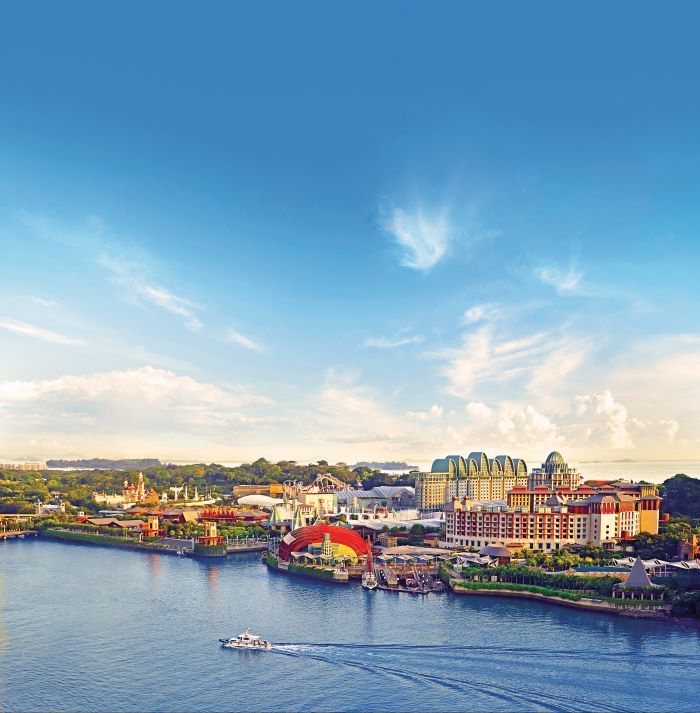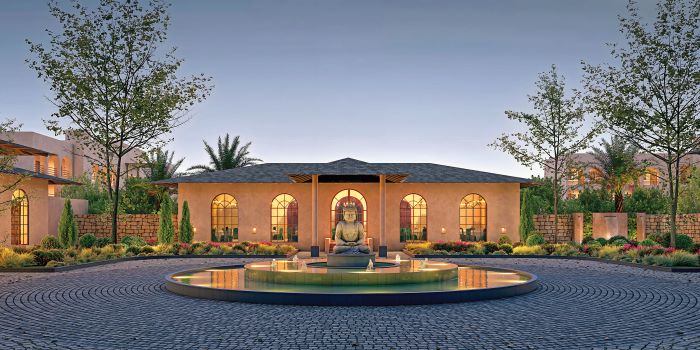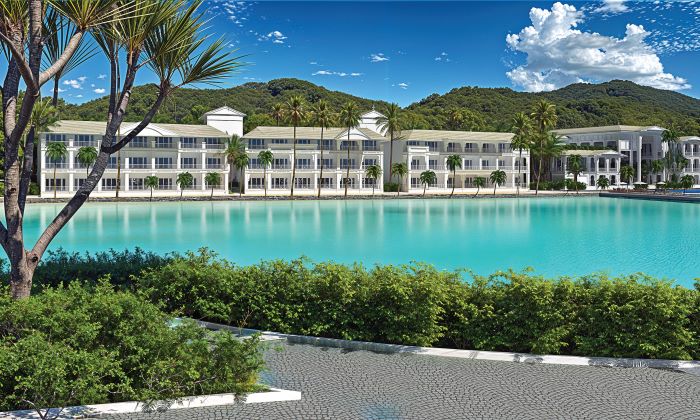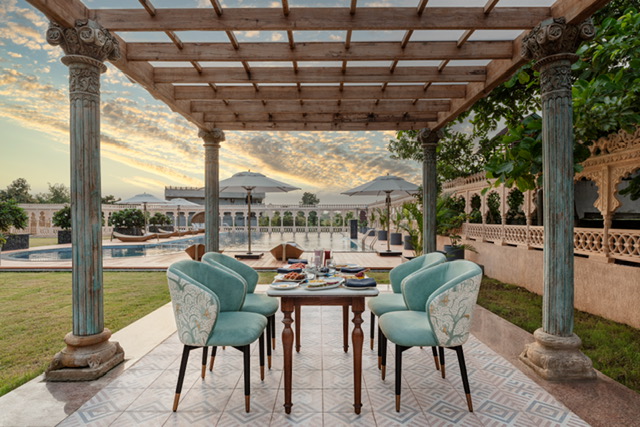Beyond comfort and aesthetic elements, hotels are prioritising immersive, wellness-centric designs that resonate with guests’ evolving needs.
Lipla Negi
Rome was not built in a day, and neither is a hotel. Turning a hotel into the ‘it’ destination for travellers requires careful planning and thoughtful execution. A key element in this process is design, which plays a crucial role in shaping its unique appeal and enhancing its brand value. As travel demand continues to rise, hotels around the world are evolving their designs and interiors to create not just a comfortable stay, but an immersive journey and destination experience within their walls.
Gone are the days when a hotel stay was merely about a bed, breakfast, and other basic conveniences. Today’s travellers—especially the younger generation—seek more than just comfort and convenience; they are in pursuit of spaces that reflect their values, enhance their well-being, and offer lasting memories. As a result, the interior design of a hotel or resort plays a key role in shaping the guest experience, embodying both functionality and emotion.
Wellness-centric design
Post-pandemic, travel has become a balancing act—an opportunity to recharge and explore while prioritising well-being. “Travellers are now seeking experiences that resonate with their individuality and lifestyle. For Gen Z, X, and Alpha, it has shifted from a luxury to an essential part of their lives,” Pratiti Rajpal, General Manager, Ronil Goa, a JdV by Hyatt Hotel, said, noting that immersive experiences and meaningful connections to local culture are among the top priorities for these generations.
Harish Gopalakrishnan, General Manager, The Westin Goa, pointed out that hotel interiors are no longer just about aesthetics. “More than just aesthetics, the design promotes wellness and enhances comfort through features like calming lighting, soundproofing, and wellness-focused facilities. This aligns with the growing demand for spaces that rejuvenate and support well-being,” he stated. At The Westin Goa, the philosophy of blending contemporary elegance with the vibrant tropical essence of the region is evident in every corner of the property. The lobby sets the tone with its expansive layout, bright seating, and curated art pieces that reflect the local culture.
Spaces reimagined
Gopalakrishnan shared that design is not only about looks but also about comfort, wellness, and connecting with the local environment. Every element, from furniture to layout, communicates the hotel’s personality and influences guest choices. The Westin Goa’s guest rooms, with their soft colour palettes, signature Heavenly Beds and Baths, and premium amenities, emphasise rejuvenation and relaxation. Wellness is seamlessly integrated into the design, with spaces like the Heavenly Spa, a serene escape in earthy tones, and the Westin WORKOUT Fitness Studio, which provides a sleek, motivational environment. The poolside rooms, designed to offer both indoor comfort and outdoor leisure, further enhance the guest experience by fostering a sense of tranquillity and well-being.
For Manju Sharma, Managing Director, Jaypee Hotels & Resorts, every texture, colour, and layout choice is a deliberate effort to inspire connection and foster memorable moments, transforming spaces into living expressions of hospitality innovation. To enhance its appeal to the new generation, the brand has embraced a design philosophy that harmoniously blends modern elegance with subtle cultural nuances. She explained, “Travellers increasingly seek holistic experiences, so we have crafted interiors that elevate every touchpoint, from the tranquil ambiance of our wellness areas to dining spaces where Indian cuisine is reimagined with contemporary flair.”
Crafting brand identity
The interiors of a resort are an extension of its brand identity, emphasising sustainability and luxury in equal measure. “At our resort, we emphasise handcrafted, sustainable elements that embody our commitment to nature and luxury. Every detail, from the use of repurposed materials to the integration of organic design elements, reinforces our identity as a forest-inspired, eco-luxury resort,” Ayu Tripathi, Director, Aahana Resort, shared. She further added that guests at Aahana are not just visiting a hotel—they are being enveloped in an experience that feels authentic, genuine, and in complete harmony with the environment. “We have added spacious outdoor gazebos to encourage people to spend more time outside while enjoying the beauty of the surroundings,” Tripathi said. Additionally, the rooms are designed to flood with natural sunlight, and materials like glass, wood, and stone are used to create a sense of harmony between the indoors and nature.
Hotel design plays a crucial role in defining a brand identity and setting it apart in a competitive market. Gopalakrishnan explained, “Every element, from furniture to layout, reflects the hotel’s personality and influences guest choices. Flexible spaces that cater to business travellers, families, and social interactions enhance the overall experience, fostering a sense of community. Younger generations are drawn to visually striking spaces that align with their style and are social media-ready, making interiors a key element of brand communication.” Beyond establishing brand identity, modern design aesthetics are also evolving to help new-age guests strike a balance between nature and technology, wellness and adventure, and, most importantly, the outward and inward journey.
Travellers, especially the younger generation, are in pursuit of spaces that reflect their values, enhance their well-being, and offer lasting memories
With modern hotel design, hotels are aiming to create an experience that feels authentic, genuine, and in complete harmony with the environment









